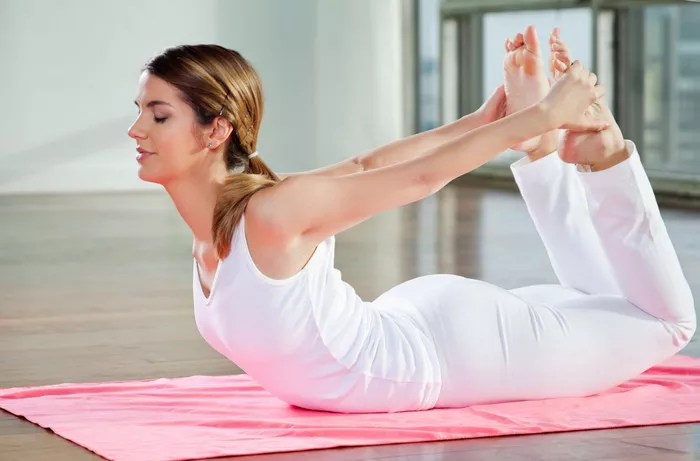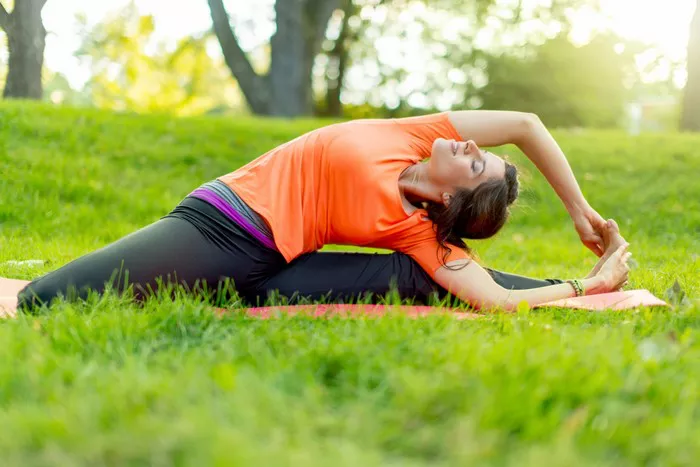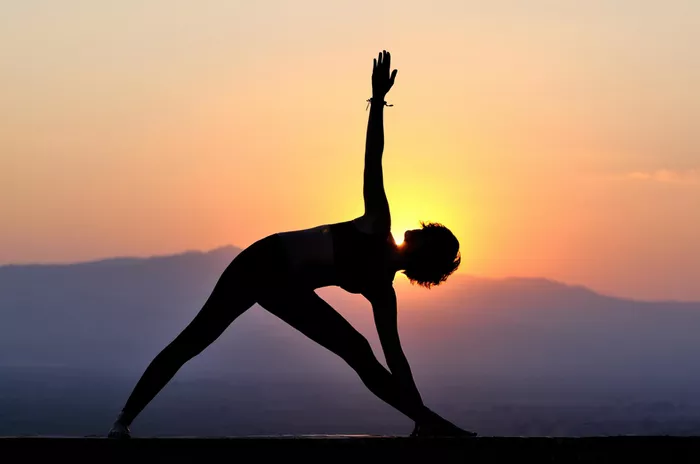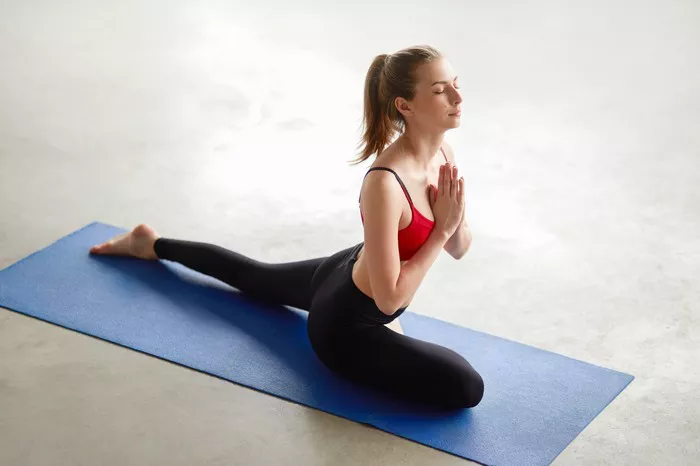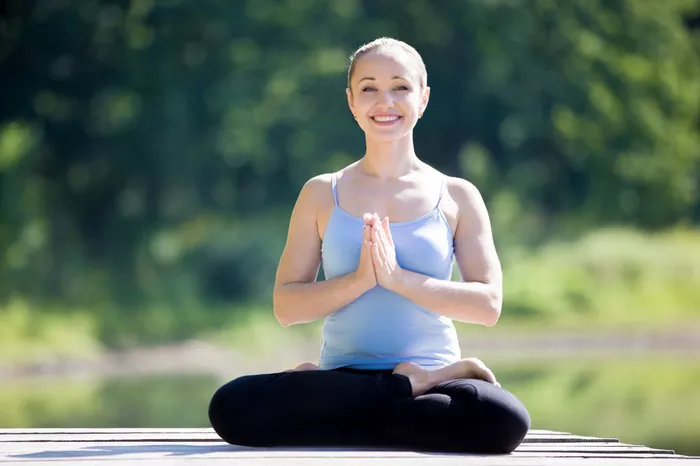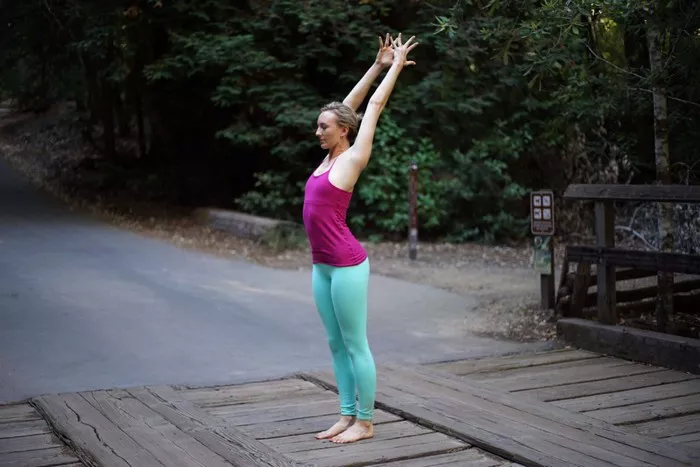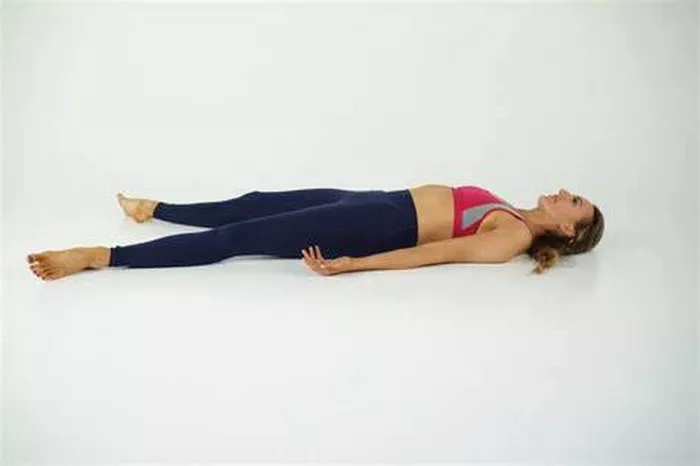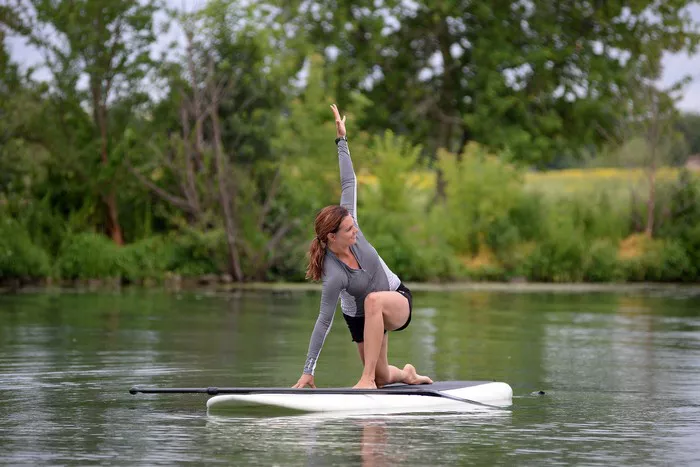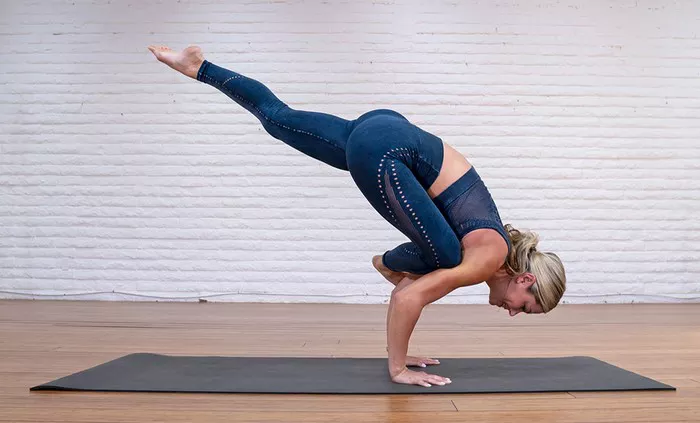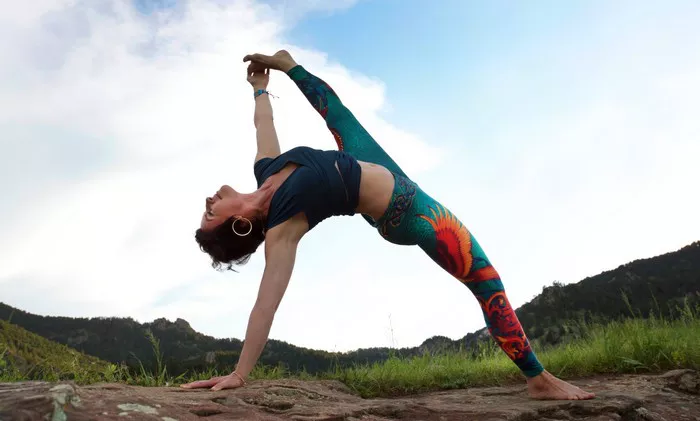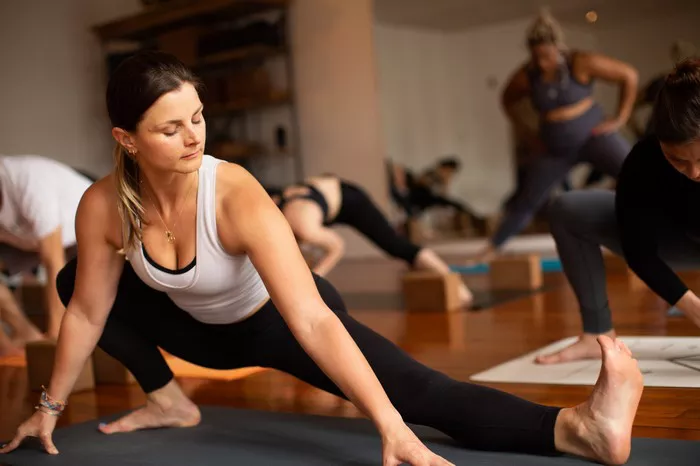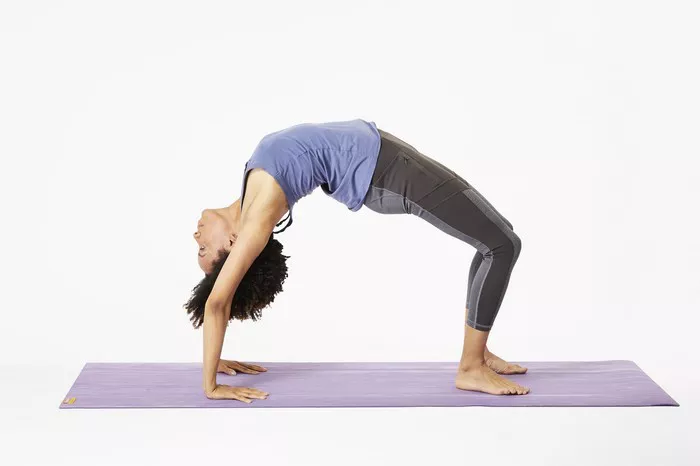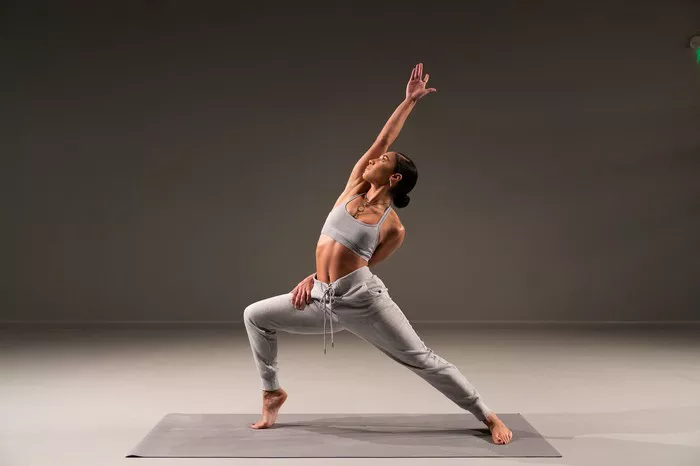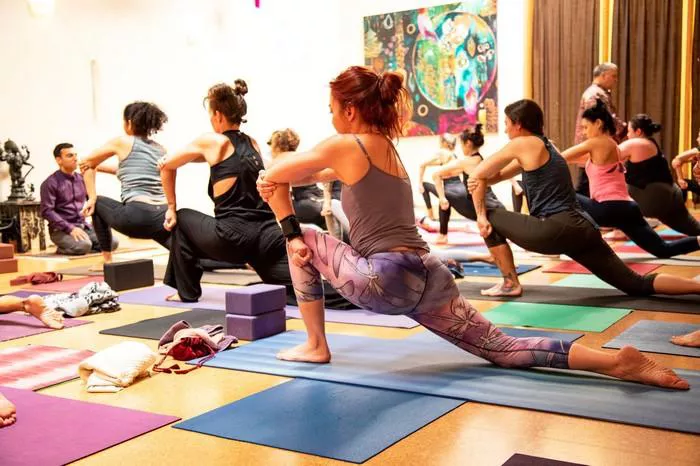Iyengar Yoga is a globally respected yoga practice known for its precision, alignment, and use of props to make postures more accessible. Developed by B.K.S. Iyengar, this method emphasizes detail, breath control, and prolonged holding of asanas (poses). Students benefit from enhanced strength, flexibility, balance, and a deeper understanding of their bodies.
For practitioners who appreciate Iyengar Yoga’s structured and alignment-focused approach, several other yoga styles share similar qualities. These styles either incorporate elements of alignment, use of props, or therapeutic applications. Below, we explore some yoga styles that resemble Iyengar Yoga in philosophy and practice.
1. Hatha Yoga
How It Is Similar to Iyengar Yoga:
- Focuses on foundational postures and alignment.
- Encourages slow, controlled movements and breath awareness.
- Often used to build strength and flexibility, making it an excellent choice for beginners and advanced practitioners alike.
Hatha Yoga serves as the foundation for many modern yoga styles, including Iyengar Yoga. While Iyengar Yoga places significant emphasis on props and precise alignment, Hatha Yoga generally provides a more general approach to asana practice. However, many Hatha Yoga classes still emphasize holding poses for longer durations, making it comparable to Iyengar in terms of patience and mindfulness.
2. Anusara Yoga
How It Is Similar to Iyengar Yoga:
- Strong emphasis on alignment, inspired by Iyengar principles.
- Uses specific alignment techniques known as “Universal Principles of Alignment.”
- Incorporates props to assist in achieving proper posture.
Founded by John Friend in the late 1990s, Anusara Yoga is rooted in the teachings of Iyengar Yoga but with a more heart-centered philosophy. While Iyengar Yoga is precise and methodical, Anusara Yoga blends alignment with a sense of spiritual openness and joy. It encourages practitioners to experience yoga as a celebration while maintaining strong technical integrity.
3. Viniyoga
How It Is Similar to Iyengar Yoga:
- Focuses on individual needs and therapeutic applications.
- Emphasizes slow movements, breath control, and stability.
- Encourages self-awareness and gradual progression.
Viniyoga, developed by T.K.V. Desikachar (the son of the legendary Krishnamacharya), is a therapeutic and highly adaptable form of yoga. Like Iyengar Yoga, it takes into account a practitioner’s unique physical condition and capabilities. However, Viniyoga integrates breathwork more deeply into movement and is often recommended for those seeking yoga as a healing modality.
4. Sivananda Yoga
How It Is Similar to Iyengar Yoga:
- Encourages slow, mindful movement and breathwork.
- Uses a structured sequence of postures, similar to Iyengar’s methodical approach.
- Focuses on relaxation and meditation alongside physical postures.
Sivananda Yoga is a traditional style based on the teachings of Swami Sivananda. Like Iyengar Yoga, it follows a systematic approach to postures but incorporates deep relaxation and spiritual elements. The structured class format includes breathing exercises (pranayama), sun salutations, and 12 basic postures, making it similar to the methodical nature of Iyengar practice.
5. Restorative Yoga
How It Is Similar to Iyengar Yoga:
- Relies heavily on props, such as bolsters, blankets, and blocks.
- Encourages long-held poses for deep relaxation and healing.
- Focuses on alignment and support to release tension.
Restorative Yoga was influenced by Iyengar Yoga and is a deeply relaxing practice that uses props to fully support the body in each pose. While Iyengar Yoga can be dynamic and strength-focused, it also includes restorative elements, making Restorative Yoga a natural extension for those who enjoy the therapeutic benefits of Iyengar’s approach.
6. Yin Yoga
How It Is Similar to Iyengar Yoga:
- Involves holding poses for extended periods (typically 3–5 minutes).
- Encourages deep stretching and mindfulness.
- Uses props for support, similar to Iyengar’s approach.
Yin Yoga focuses on deep connective tissue release, particularly in the hips, spine, and lower body. While Iyengar Yoga emphasizes muscular engagement and alignment, Yin Yoga works on passive stretching and relaxation. Both styles encourage a meditative approach and patience in holding postures, making them complementary practices.
7. Therapeutic Yoga
How It Is Similar to Iyengar Yoga:
- Designed for healing and injury recovery.
- Uses props and modifications for accessibility.
- Focuses on proper alignment to avoid strain and injury.
Therapeutic Yoga is an umbrella term for practices that prioritize healing, often incorporating Iyengar principles. Iyengar Yoga itself is frequently used in rehabilitation settings due to its precise alignment and prop usage, making Therapeutic Yoga a natural parallel.
8. Kundalini Yoga (with an Alignment Focus)
How It Is Similar to Iyengar Yoga:
- Encourages breath awareness and mindfulness.
- Uses postures that require precise alignment.
- Integrates breath control (pranayama) with physical movement.
Kundalini Yoga is known for its emphasis on energy flow and spiritual awakening. While its dynamic nature differs from Iyengar’s structured precision, classes that emphasize proper alignment in poses share similarities with Iyengar Yoga’s disciplined approach.
Conclusion
If you love Iyengar Yoga’s attention to detail and alignment, you may find Hatha, Anusara, and Viniyoga to be excellent alternatives. For those seeking a more restorative approach, Restorative Yoga, Yin Yoga, and Therapeutic Yoga offer gentle, healing movements with a strong focus on alignment. If you’re interested in a more structured spiritual practice, Sivananda or Kundalini Yoga could be intriguing options.
Ultimately, the best choice depends on your personal goals—whether they be improving flexibility, recovering from injury, or deepening mindfulness. Iyengar Yoga has influenced many modern styles, making it easy to find complementary practices that align with your needs.
Related Topics:

